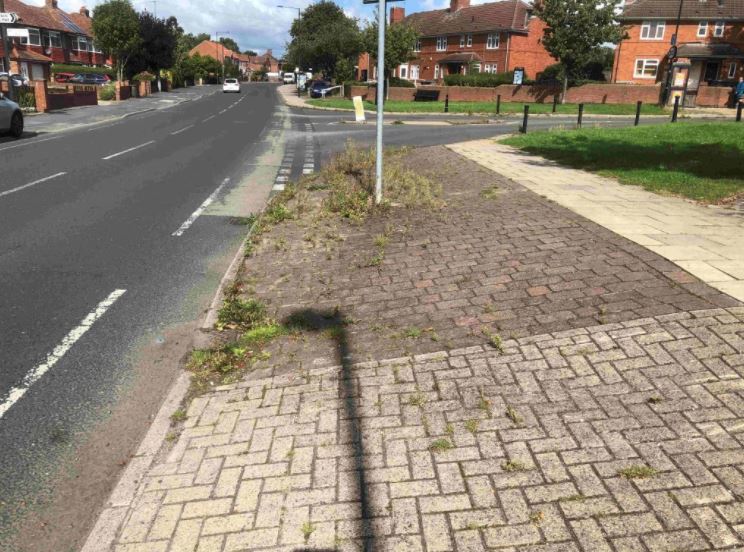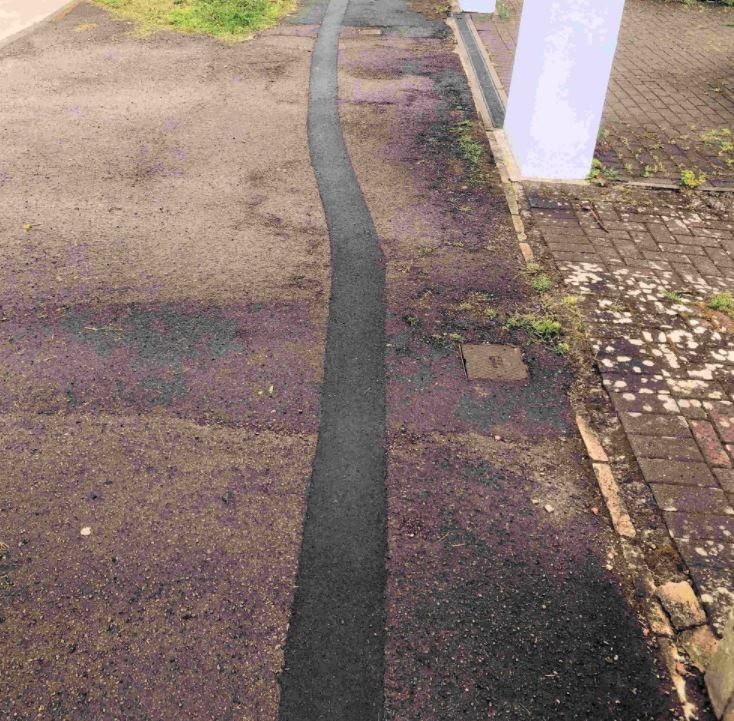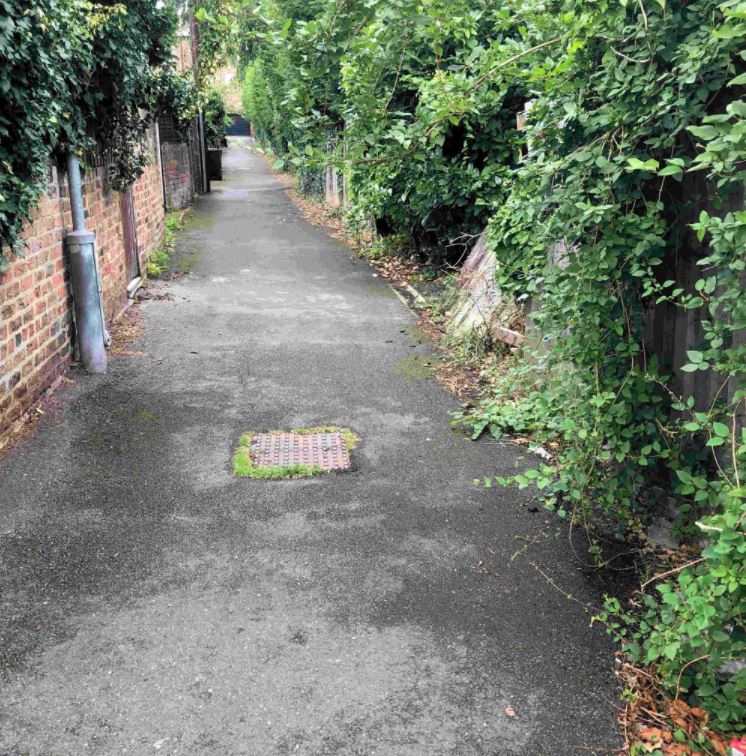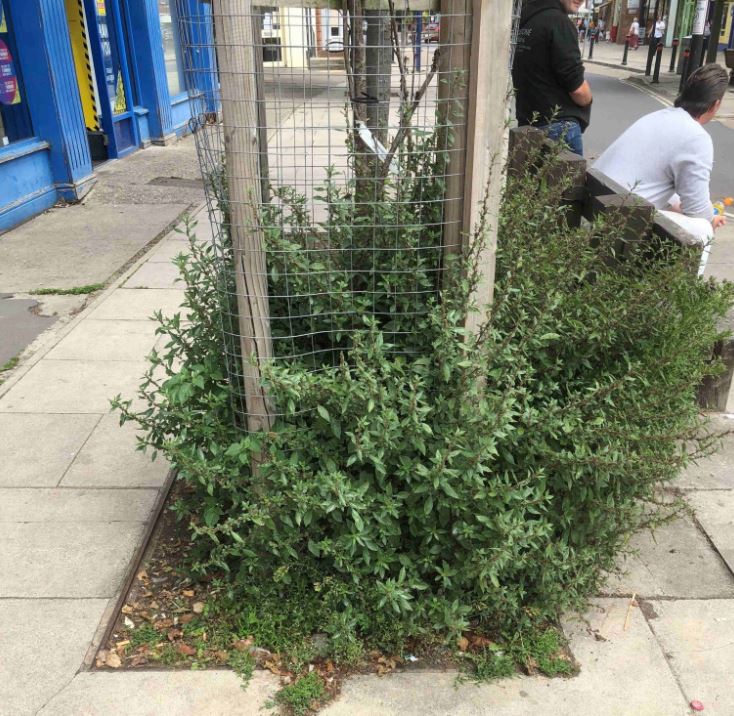Weed Prevention - Best Practice?
A weed prevention strategy should be included when considering best practice for an Integrated Pest Management approach.
We heard Professor John Moverley speak about weed prevention at the Amenity updating event with Welsh Water and several local authorities recently.
The comments of participants showed the successes that could be gained from thinking about weed prevention strategies.
Many of the conversations we have with customers centre around removing, killing or controlling a weed that already exists.
Prevention of weeds on different surfaces can require a bit of a paradigm shift.
Prevention requires us to think about the causes of weeds on a particular surface and how we can make the environment as inhospitable as possible for weeds to prosper.
The picture below shows weeds growing in a poorly maintained block paved surface. The weeds are predominately growing in soil that has accumulated on the surface. A typical response may be to simply spray the weeds.
However, a more effective longer term and more environmentally friendly approach would be to remove the soil from the surface.
Further to this we could identify the causes of the soil and implement a suitable maintenance regime to reduce the likely hood of accumulation.

John made some great points in his talk about the need for prevention to begin with the design of our environment.
For example, designing the corner of a kerb with a nice wide radius, rather than a sharp corner allows a sweeper to easily follow the edge of the kerb and collect any detritus trapped there.
The picture below demonstrates how infrastructure design greatly effects the ability to keep a surface economically maintained.

Another point that was brought up was sealing any cracks in a tarmac surface.
These cracks are a great trap for detritus, and so when the organic matter decomposes they fill with soil.
The greater the depth of soil available to the weed, the greater chance of allowing deeper rooted perennial weeds to establish themselves.
Deep rooted perennials are far more difficult to kill once established.
Shallower soil will only sustain annual weeds which are easier to control with methods such as heat or sweeping.

A maintenance specification may be designed to prevent detritus from building up on hard surfaces.
This not only requires thought for the surface but also the surrounding environment which may affect the surface.
The picture below shows overgrown vegetation overhanging the path which is resulting in a massive detritus build up.
This is blocking drainage channels, feeding the soil build up and providing ideal damp, nutrient rich conditions for weeds to thrive.
In this case the surface maintenance could start with the reduction of overhanging vegetation and fence maintenance.

Robust path edgings with a simple method of maintaining those edges should be employed.
And finally consider a weed as simply a plant in the wrong place. Unmanaged bare soil will colonise naturally with plants.
Selective planting of desired species such as ground cover plants will reduce the chance of weed growth in these areas.
A suitable method of maintenance must be adopted.

Newport Council commented at the recent meeting about their success with preventative maintenance. They have been using mechanical weed removal to minimise the soil buildup over winter and the team has seen a big reduction in the amount of weeds coming up in the spring. This has resulted in the diminished use of plant protection products around Newport.
The numerous benefits of maintenance regime for weed prevention to the pedestrian mobility of communities and the longevity of our built environment should not be underestimated.
The environmental advantages of weed prevention should be foremost when considering a sustainable weed control program.
More information and advice on weed prevention strategies may be obtained from The Amenity Forum. https://amenityforum.co.uk/
The Amenity Forum is the UK voluntary initiative promoting best practice in all aspects of weed, pest and disease management in the sector.
For much more information on weed prevention please take a look at our new Weed Prevention Guide for the Amenity Sector
You should also check out our 4 step plan to phase out glyphosate.
Compiled by Sean and Chris Faulkner
Photos by Steve Galloway
No comments yet. Login to start a new discussion Start a new discussion